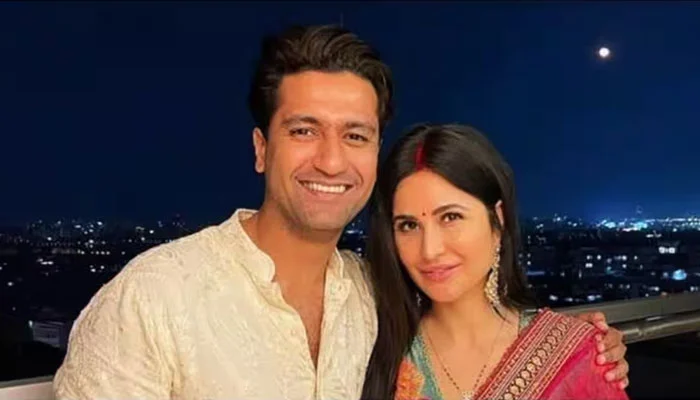Recently, renowned actress Hareem Farooq participated in a podcast where she shared her views on various pressing issues related to the media industry. Her candid conversation covered topics ranging from the role of media in society to the types of content that should be produced. Here are some key takeaways from her insightful discussion.
The Symbiotic Relationship Between Media and Society
Hareem Farooq began by addressing the interconnected nature of media and society. She emphasized that media serves as a mirror reflecting societal values, norms, and issues. Conversely, society also mirrors the media, adopting and emulating what is portrayed on screens. This dynamic, she pointed out, underscores the significant influence that media holds over public perception and behavior.
“Just as the media is a reflection of our society, the society is also a reflection of the media,” Hareem noted. This bidirectional relationship means that media creators carry a substantial responsibility to produce content that not only entertains but also educates and fosters positive social change.
The Popularity of Certain Drama Scripts
Hareem Farooq addressed the popularity of certain types of drama scripts, using the hit drama serial “Tere Bin” as an example. She acknowledged the widespread demand for such content, attributing its success to audience preferences. However, she cautioned against a one-dimensional approach to content creation.
“We can’t say that we shouldn’t make a certain type of content. The drama serial ‘Tere Bin’ became a hit, so everyone is demanding these types of scripts,” she observed. Hareem highlighted the importance of variety in storytelling, suggesting that while popular genres should continue to be produced, the industry should not be limited to them alone.
Advocating for Diverse Content
One of the key points Hareem Farooq made during the podcast was the necessity for diversity in drama scripts. She argued for a balanced approach where different types of narratives are explored and presented to the audience. This, she believes, will cater to varied tastes and contribute to a richer cultural tapestry.
“Scripted dramas like ‘Tere Bin’ should be made, but we should not think of a single formula. We should produce all kinds of content,” Hareem advocated. She urged content creators to experiment with different genres and themes, ensuring that the media landscape remains vibrant and inclusive.
Personal Experience with Script Choices
Drawing from her own career, Hareem Farooq shared her experiences with choosing scripts based on their potential ratings. She admitted that she has, at times, selected projects for their popularity potential rather than their narrative depth. However, she expressed a desire to see the industry evolve beyond this trend.
“I suggest that plays should be made on all kinds of scripts. I myself have done many scripts for ratings,” she confessed. Hareem’s statement reflects a broader industry challenge where commercial success often dictates creative choices. Her advocacy for diverse content is a call to balance commercial considerations with creative and social responsibilities.
The Future of Media Content
In her concluding remarks, Hareem Farooq expressed optimism for the future of media content in Pakistan. She envisions an industry that embraces a wide array of stories, from mainstream hits to niche narratives. By doing so, the media can better reflect the complexity and diversity of society.
Hareem’s insights during the podcast highlight the critical role of media in shaping societal values and the importance of diverse content in fostering a well-rounded cultural dialogue. Her call to action for content creators is to embrace variety and innovation, ensuring that all voices and stories find a place in the media landscape.
Hareem Farooq’s podcast appearance was a powerful reminder of the media’s influence and the need for diverse storytelling. Her reflections and experiences offer valuable guidance for an industry poised to grow and evolve, reinforcing the idea that while popular genres have their place, a rich mix of content is essential for a healthy, dynamic media environment.



